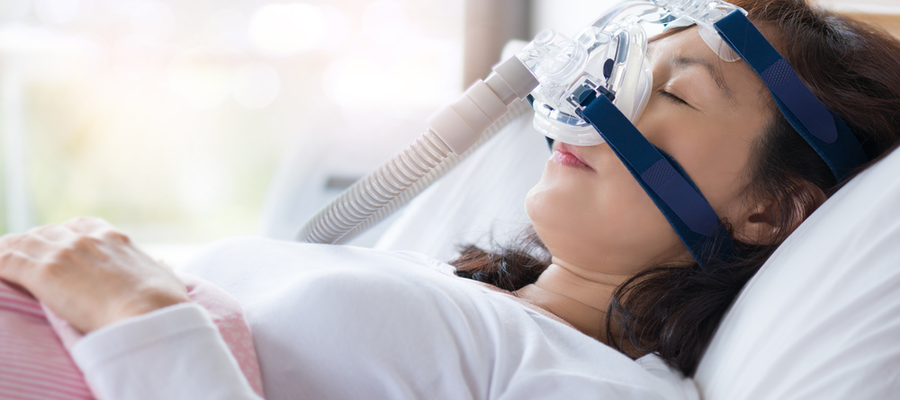Sleep Apnea – Causes and Treatment
Obstructive Sleep Apnea (OSA) is the most common form of the sleep disorder Sleep Apnea. The muscles in the back of the throat close, blocking the airway and causing a disruption in breathing (for at least 10 seconds) repeatedly during sleep.
Sleep Apnea causes frequent sleep disruptions and low blood oxygen levels. This combination has been linked to an increased risk for heart disease, high blood pressure, stroke, obesity and diabetes. However, modern medicine offers several effective treatment options.
Who has Sleep Apnea?
More than 18 million American adults have Sleep Apnea. Worldwide, the prevalence ranges between 3% to 7% and a great majority (as high as 70%-80%) of those affected remain undiagnosed. Women often do not present the typical symptoms associated with the condition and are often misdiagnosed.
Sleep Apnea occurs in all age groups and both sexes. It is common not only in developed but also in developing countries.
What Causes Sleep Apnea?
[/su_tabs]Coping with Sleep Apnea
Improving sleep quality and getting adequate sleep is paramount for people with Obstructive Sleep Apnea. We encourage you to consult your physician who can help you develop a plan to diagnose and get treatment for your condition.


